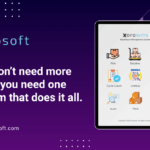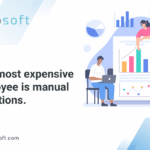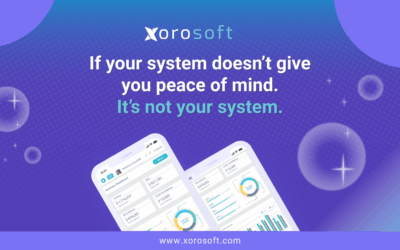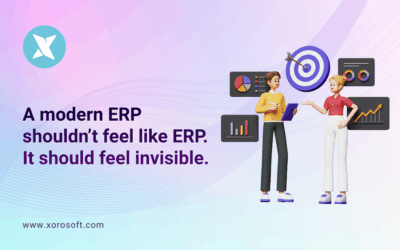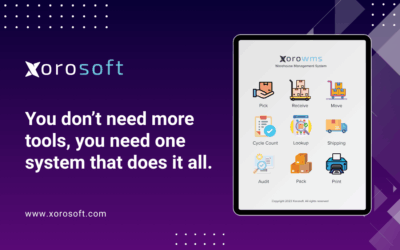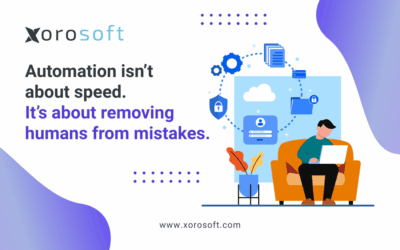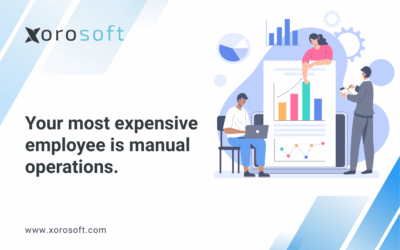You’re Managing Stock Levels. But Are You Managing Movement?
Inventory velocity is the metric that separates reactive businesses from scalable ones. To clarify, it measures how fast inventory moves through your system—not just how much you have.
Sure, you’ve built reorder points and automated purchase triggers. However, unless you’re tracking how quickly items flow through your warehouses and sales channels, your entire supply chain remains reactive. This oversight is more common than you’d think, especially among fast-scaling businesses juggling multiple tools and platforms.
That’s where inventory velocity comes in—and most teams are still blind to it. Even so, there’s a straightforward solution.
The Consequences of Missing the Movement Metric
Dead stock, stockouts, and poor cash flow are symptoms. Inventory velocity is often the root cause. For instance, when SKUs sit too long in a warehouse, they tie up capital and reduce agility. On the flip side, high-demand products may sell out too quickly, leaving your customers frustrated and your team scrambling.
Additionally, if you’re not tracking inventory velocity, you’re likely:
-
Reordering based on outdated averages
-
Holding products that rarely sell
-
Missing opportunities to replenish fast movers
Not only that, but this disconnect affects forecasting, warehousing costs, and supplier relations. With that in mind, it’s clear that ignoring inventory velocity leads to inefficiencies at every level.
Consequently, businesses fall into the trap of reacting to problems that could’ve been prevented.
Disconnected Systems Kill Inventory Velocity
Most of the time, the issue isn’t your team—it’s your tools. Inventory data is scattered across spreadsheets, disconnected systems, outdated ERPs, and manual tracking methods.
Let’s be honest: disconnected systems create chaos. In the meantime, warehouse teams, procurement, and finance work in silos. Then again, without a unified platform, your data doesn’t reflect real-time movement or demand.
Because of that:
-
Reorders happen too late—or too often
-
Stock allocation is based on guesswork
-
Key insights are buried in outdated reports
As a result, your team is always one step behind. That’s no way to scale. Instead, imagine how your operations would run if everyone saw the same real-time truth.
The Shift to Real-Time Inventory Velocity Management
Thankfully, businesses are moving toward systems that offer a unified view of operations. Modern ERP platforms make real-time inventory velocity visible and actionable.
This shift allows businesses to:
-
Track item movement by SKU, location, and channel
-
Replenish based on live sales data, not forecasts alone
-
Spot trends and avoid overstocking or understocking
Moreover, this real-time visibility helps your team act on insights, not assumptions. For instance, when a product spikes in demand, the system alerts you before it becomes a crisis. To illustrate, imagine knowing which warehouse needs restocking before the shelf goes empty.
In fact, inventory velocity becomes your most reliable forecasting tool. Therefore, integrating it should be a top priority.
Inventory Velocity Tracking: How Xorosoft Changes the Game
Xorosoft ERP was designed for businesses that want more than just visibility—they want intelligence. Unlike outdated tools, Xorosoft provides real-time inventory movement data across the entire supply chain.
Here’s how Xorosoft helps you manage inventory velocity like a pro:
-
Live Inventory Movement Dashboards: Get instant access to turnover data across all locations and sales channels.
-
Built-In Warehouse Management System (WMS): Since WMS is native to Xorosoft, you can monitor stock movement without integrations or third-party delays.
-
Smart Reordering Based on Velocity: Restock based on how fast products are selling—not just current quantity.
-
Multi-Channel Integration: Whether it’s Shopify, Amazon, or a 3PL, inventory velocity reflects real customer demand.
-
Unified Visibility Across Teams: From finance to fulfillment, every department sees the same live data.
🛍️ Explore Xorosoft on the Shopify App Store
📈 View G2’s #1 ERP for Ease of Use
As a result, your entire operation becomes proactive, not reactive.
Why Inventory Velocity Is the Key to Scaling Smarter
Inventory that just sits costs you money. Inventory that moves makes you money. It’s that simple. Ultimately, inventory velocity determines how lean and agile your operation truly is.
Here’s what it enables:
-
Faster purchasing decisions
-
Lower carrying costs
-
Higher customer satisfaction
-
Better forecasting
-
Smarter warehouse layout planning
Instead of reacting to problems, your team begins to anticipate them. To put it differently, velocity gives your business rhythm. As a result, your operations stay in sync with real-world demand—not arbitrary reorder points.
Now that you understand its impact, the question becomes: why aren’t you tracking it?
Take Control: Where to Start with Inventory Velocity
To make inventory velocity actionable, your ERP must go beyond stock counts. Fortunately, Xorosoft includes everything you need to gain true operational clarity.
Start by exploring these helpful resources:
Each link above moves you closer to total inventory control.


